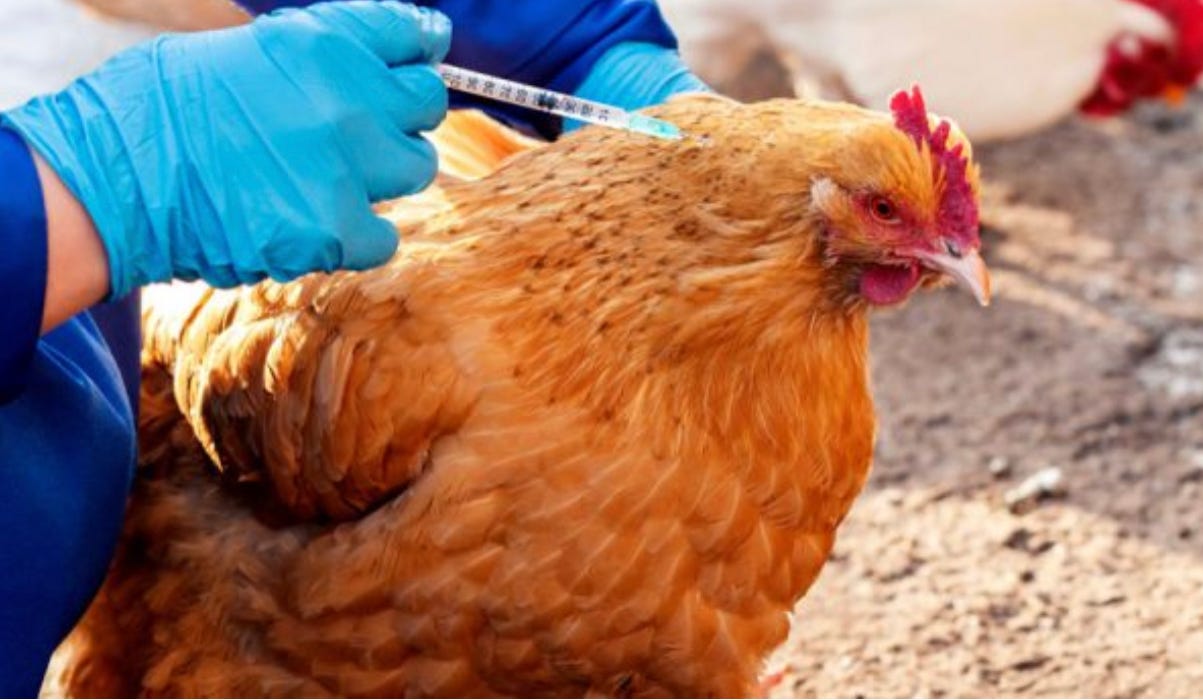There is nothing surprising about the failure of our vaccines. In fact it was totally predictable.
Coronavirus vaccines have been used in animals for years, with extremely unimpressive results. The problem is that coronaviruses infect the mucosal surfaces of the lungs, at what is basically the very edge of the reach of our immune systems. You could say that this the grand strategy of respiratory viruses. Typically, nasal spray vaccines are preferred in animals to stimulate immunity in the mucosa. Unfortunately, even the sprays achieve immunity that „is often short-lived, requires frequent boosting, and may not prevent re-infection.“ This is after years of vaccine development and the considerably reduced safety standards observed in veterinary medicine.
Our own SARS-2 vaccines, despite their fancy mRNA and virus vector technology, are entirely of a piece with veterinary standards. They have a poor side effect profile, they provide only temporary and partial protection against infection, and they are deployed on a vast scale with no regard for the evolutionary pressure they place on the virus or their broader consequences for infection dynamics. These are standards first applied to the world of industrial livestock, where most animals are not raised to live very long in any event, and the risk of occasional accidents — inadvertently favouring or even causing lethal superstrains, or inflicting widespread vaccine injuries — can be weighed against the economic loss associated with mortality from virus infections.
Of all animal coronavirus vaccines, the most successful is that which prevents IBV, or infectious bronchitis virus, in chickens. IBV is mainly deadly to chicks, who are vaccinated almost immediately after hatching with a live, attenuated virus vaccine. These kinds of vaccines are preferred over deactivated virus vaccines in animals, because they elicit a better immune response. The reason is simple: The weakened vaccine virus actually replicates in your cells; it is a real infection and your immune system remembers the event accordingly. Some SARS-2 attenuated virus vaccines are even in development for humans, but it is unlikely they will ever be used, because they are very dangerous. The attenuated virus, because it replicates in the cells of the vaccinated, can reacquire its prior virulence via mutations. This happened with early attenuated vaccines against poliovirus in humans. And there is an added danger, that the recently vaccinated might come into contact with the wild virus, and recombination events might then combine splice together the genomes of both, yielding unpredictable, potentially very lethal, mutant strains.
IBV vaccines protect the chickens from infection for only about nine weeks. That‘s long enough for the chickens destined to be eaten, but those raised for their eggs require constant boosters. They receive two or three attenuated virus vaccines at first, and then periodic deactivated virus boosters thereafter, to maintain their protection. Adenovirus vector vaccines have been tried in chickens, with efficacy similar to that induced by the attenuated virus vaccines. This is very likely an unstated reason that vaccine vector and mRNA messenger technology were used for our own SARS-2 jabs. It was known from experience with animals that deactivated virus vaccines would not work nearly as well, and that attenuated viruses were too dangerous.
There are other interesting tidbits in the literature on IBV vaccines too. For example: „The basis of immunity to IBV is not well understood. Serum antibody levels do not correlate with protection, although local antibody is believed to play a role.“ In other words, all those studies crying to the heavens about higher blood antibody levels after dose 3 are dancing upon a likely irrelevant metric. And then there’s this, from the same 2003 paper, on the feasibility of a SARS vaccine in light of the experience with IBV:
Application of a SARS vaccine is perhaps best limited to a minimal number of targeted individuals who can be monitored, as some vaccinated persons might, if infected by SARS coronavirus, become asymptomatic excretors of virus, thereby posing a risk to non-vaccinated people.
Emphasis mine.
At the extreme ends you are safe: Flu shots don’t really do anything, so they don’t matter one way or the other. And smallpox vaccines, because they are so effective at preventing infection, are an obvious benefit. But like the chickens, we are now in the world of a vaccine that only kind of works, and this is the most dangerous and unpredictable scenario of all.
https://eugyppius.substack.com/p/we-are-all-cattle-now?justPublished=true

Δεν υπάρχουν σχόλια:
Δημοσίευση σχολίου